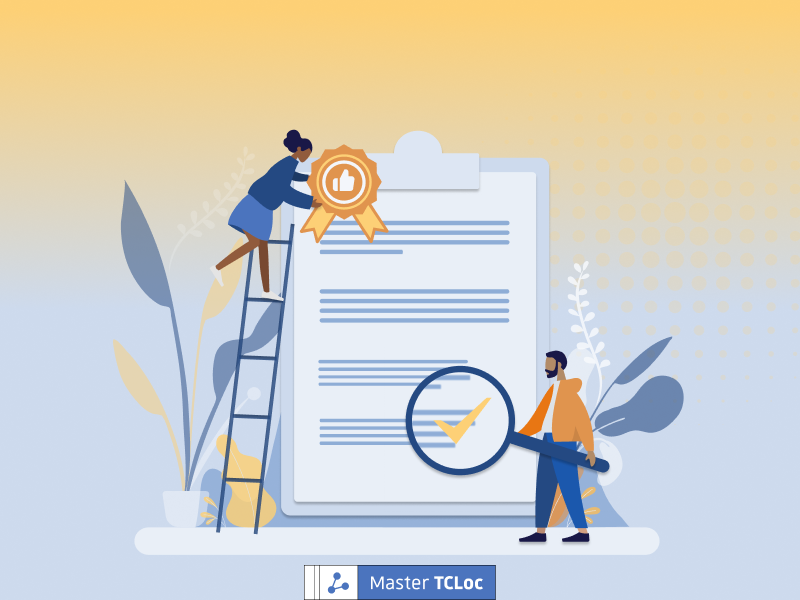A Translation Project Manager (PM) is the juggler of any localization company. Current role responsibilities are expanding considerably; among these, quality management is always in the middle of the list. Most PMs do not receive formal training on quality matters but learn along the way and even become translation quality managers with time. In this blog post, I’m sharing 5 tips and best practices to help PMs plan an efficient Language Quality Assurance (LQA) process to boost translation quality in your company.
1. Choose an LQA model
Quality has always been a hot topic in our industry, and through the years, localization associations have developed different LQA methodologies to categorize translation errors objectively. The most widely known and recommended ones are MQM and DQF.
Don’t reinvent the wheel. Select the LQA model and quality metrics that you can understand and explain.
2. Educate your clients
Clients should be our partners when it comes to quality in translation. The quality of their source text, the clarity of their instructions, their assets (glossaries and style guides), and their willingness to answer linguists’ queries all play a part in the quality game.
Don’t bore your client with quality theory or math, but encourage their active involvement in the translation process.
3. Keep linguists engaged
A failed quality report from a frustrated editor is the last thing a translator’s ego needs. Avoid linguists’ quality-related PTSD at all costs:
- Explain the metrics and goals of your LQA process before its implementation.
- Translators and editors belong to the same team; it’s not a competition.
- Being respectful and constructive when providing feedback cannot be stressed enough.
- Don’t be too quick to penalize poor-quality results.
- Don’t share negative feedback only. Ready those kudos every chance you have!
Foster collaboration in your team to prevent unnecessary arbitration. A smooth LQA process is key to ensuring your linguists’ engagement (and yours).
4. Define your services
LQA isn’t the only service a company provides to achieve, maintain and improve quality. There are other services that can be more or less cumbersome according to different variables, such as the CAT tool in use, project volume, and content type:
- Terminology management
- Style guide creation/maintenance
- TM clean up
Work alongside your Manager and Localization Engineer to define your quality-related services. Outline your processes, metrics, and pace from the get-go.
5. Automate
Your CAT tool is already equipped with LQA capabilities and modules, so look no further. Once you’ve selected your model and metrics, configure them in the CAT tool, run tests, create simple tutorials, and train your linguists. You’re now halfway there.
The rest is further automation. Integrating a linguistic quality management tool, like ContentQuo, will save you and your team innumerable hours of score tracking.
There are solid and powerful tools out there to simplify your efforts, boost your productivity, and create dazzling reports!
Sounds simple enough? There’s plenty to consider when planning an LQA process. While it might not be implemented overnight, with some guidance and the right resources, you’ll ultimately integrate it into your translation project manager’s long list of achievements.
Do you want to learn more about the LQA process for translation project managers? The Master in Technical Communication and Localization (TCLoc) was specially designed for localization enthusiasts who wish to deepen their knowledge in this and many other subjects. Check out the TCLoc’s curriculum here!



